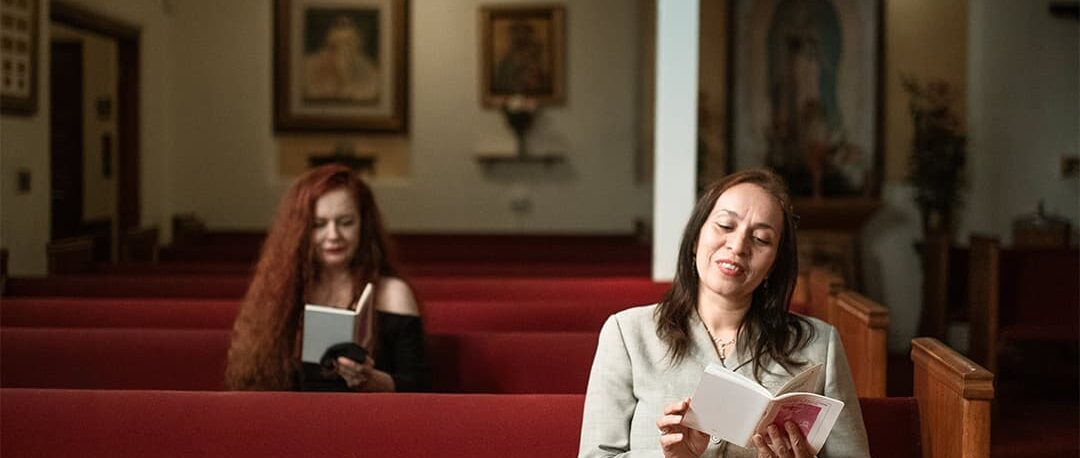The Catholic faith is central to who we are and what we do in Catholic schools, and we are proud to practice it. We look for the face of Christ in every student and believe that everyone has inherent dignity because everyone is created in the image of God. Catholic schools are concerned with the intellectual, physical, spiritual and emotional formation and education of students. Every subject is taught from a Catholic perspective and is permeated or infused with our Catholic faith. Students attend regular religion classes and are required to attend religious celebrations during Advent, Christmas, Lent and Easter, as well as at other times during the school year.
Religious instruction, prayer, liturgies/celebration of Christian holidays (e.g., patron saint’s day) and liturgical periods (e.g., Advent, Lent, Christmas, Easter), a shared belief system/values based on Gospel values, the understanding that all are created in the image of God and should be treated with dignity and respect, and our connection to our local Catholic parishes. The principle of sacramentality is the guiding principle of Catholic schools. We believe that we live in a sacred world created by God, so every element of creation present in nature, including people, offers us the opportunity to encounter something of the presence of God. Everything we learn can lead us to discover more and more about the presence of God in our world. Our daily activities, serving others, interacting with people and ideas, praying and celebrating are opportunities to connect with God.
In Alberta, both public schools and Catholic schools are publicly funded. Teachers in both systems follow the same curriculum with outcomes for the core subjects of math, language arts, social studies and science, as well as additional courses/options such as physical education, music, art, drama, career and technology studies, second languages, and so on. Both Catholic and public schools provide bus transportation for students and have teachers who have earned at least a bachelor’s degree in education from an accredited college or university.
The Catholic identity of the schools is seen in how we treat each other, how we talk to each other, how we care for others, and how we love each other. Students are taught that each of their classmates is their equal and that everyone should be treated with kindness and respect. You can expect your child to be treated with the utmost respect and dignity that every person deserves as a beloved child of God. When discipline is necessary, teachers and administrators always remember the truth that all students are created in the image of God.
Christianity is based on a relationship with Jesus, and Catholic schools value the opportunity to present their needs to God and listen to God’s voice. Every day begins with morning prayer. This can be led in the classroom, read over the intercom from the office, or shared digitally in the classroom. Grace before lunchtime, prayer at the beginning of class, prayer at the end of the day, and prayer in times of special need are common. Common Catholic prayers, such as the Our Father/ Lord’s Prayer and Hail Mary, are taught in the primary grades. Students are invited and encouraged to lead and participate in prayer throughout the day.
